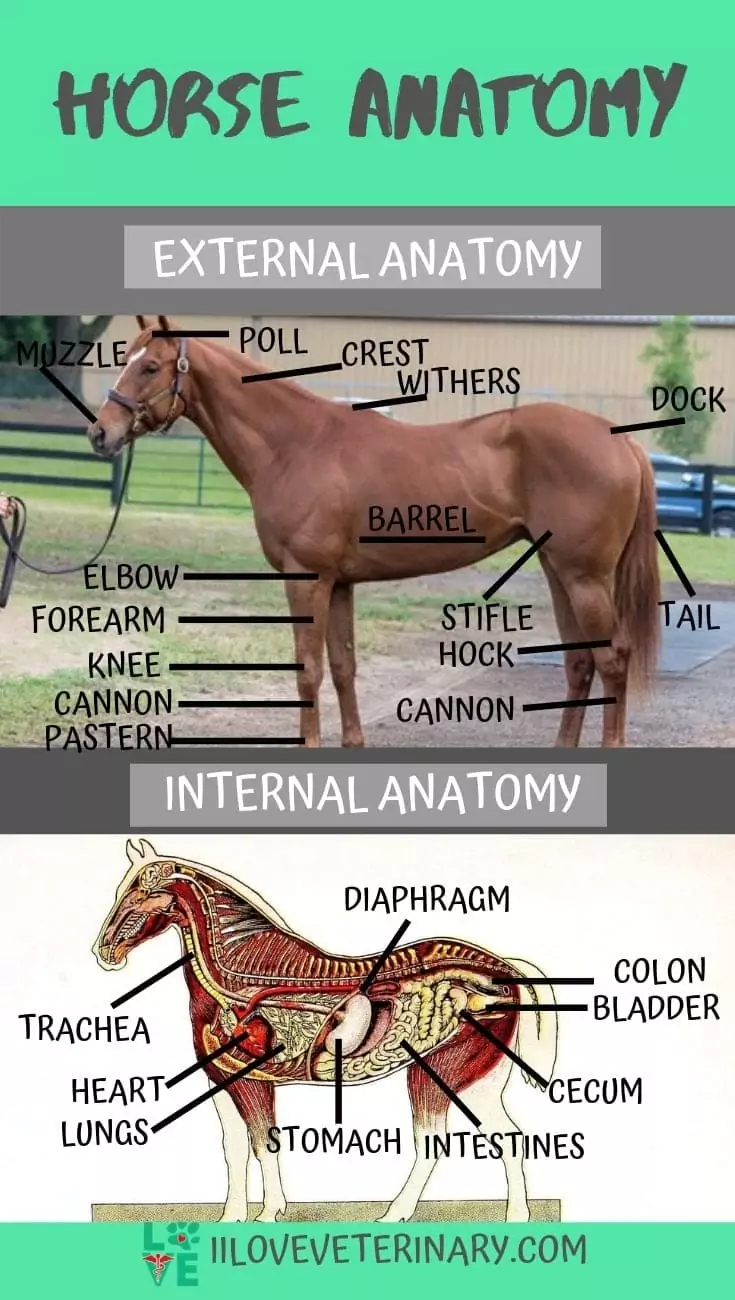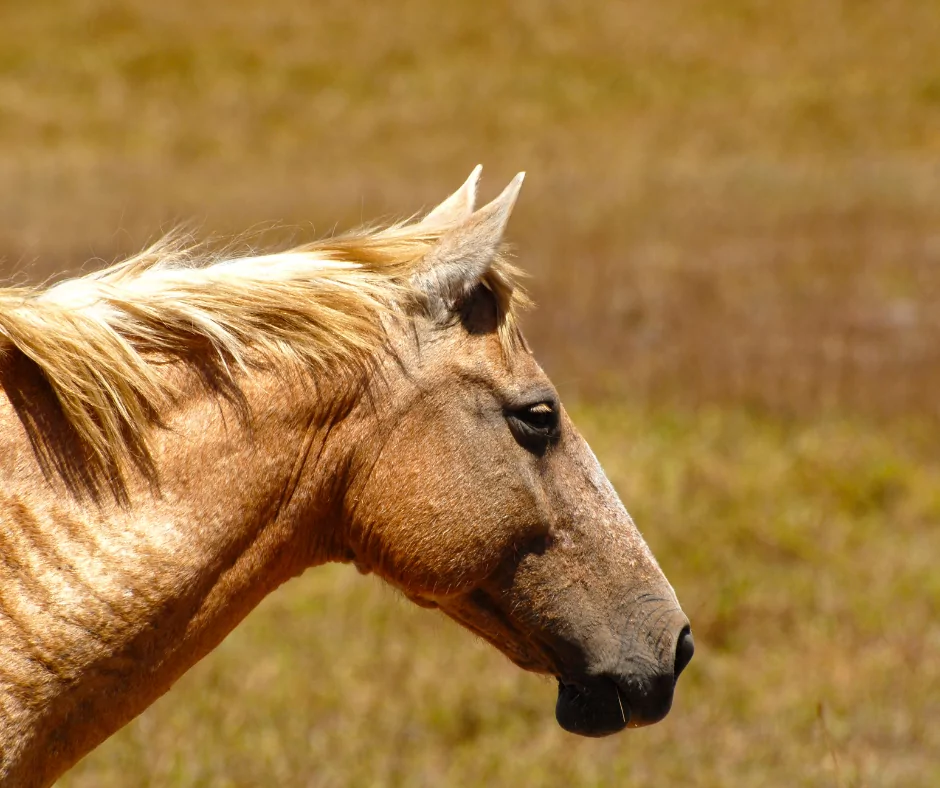Today we will be unpacking horse anatomy and 12 facts about it! Horses are an incredible species that have been here for millions of years. Depending on which scientific account you research, the story of horses dates back to 2000 B.C. While horses were used for transport and even battle back in ancient times, they have now been mostly domesticated for show, competition, and companionship.
Horses are beautiful creatures. Just looking at them makes you want to go on a ride through the countryside. But alas, not everyone has the luxury of owning one. Perhaps you’re one of those unfortunate people who will never have hands-on experience with them because they live in an urban location or who can’t afford the upkeep.

Owning a Horse
If you’re in the market for a horse, it’s likely that you might be feeling intimidated by all the information out there. Is this type of horse right for me? What does it cost to own a horse? What do I need to take care of one? We’re here to help. Below are some fascinating facts about horses along with the basics of what they need in terms of proper care. Remember, your local professional equine veterinarian is a great resource for questions you have about any horse you might be interested in.
What Happens if a Horse Does Not Get Proper Care?
If a horse does not get proper care, it might suffer from two common illnesses. The first is an upper respiratory infection, which happens when the horse’s airway becomes inflamed by irritants like dust and dried mucus. The second is laminitis, which is a disease that affects the connective tissue found in parts of the hoof called lamellae. This disease causes the horse to experience pain and in some cases, can lead to death.
Upper respiratory infections cause a horse to have trouble breathing, especially when moving or when excited. Exercise can trigger tiny blood vessels in the air passages to burst, causing more blood flow through the area. This leads to inflammation in the upper respiratory tract, which makes it harder for the horse to breathe. Horses with an upper respiratory infection might be lethargic because it is difficult for them to breathe.

Organ Functions in Horses’ Anatomy
- Trachea-Passage providing airflow to and from the lungs.
- Heart- Pumps blood throughout the body.
- Lungs-Provides oxygen to the blood.
- Stomach- Food is mixed with digestive properties, and moved on to further digestion.
- Diaphragm- separates the thoracic and abdominal cavities.
- Intestines- Most digestion occurs in the intestines.
- Cecum- Serves as a storage site for water and electrolytes.
- Colon- Small and large colon work together to continue digestion and form fecal balls.
- Bladder- Stores urine.
Interesting Facts About Horse Anatomy
- Horses have the largest eyes of any land mammal.
- A horse’s teeth take up a larger amount of space in their head than their brain.
- Horses cannot vomit due to the strong band of muscle around their esophagus. A horse’s stomach would burst before it could vomit.
- Horses produce up to 10 gallons of saliva a day.
- When a horse curls up its upper lip and bares its teeth, it’s directing scents toward the olfactory gland in the back of its nasal passage.
- There are nearly 160 distinct horse breeds.
- A horse can only breathe through its nose, not its mouth.
- The gestation period for a mare is 11 months.
- Horses have seven common blood types.
- The frog in a horse acts as a pump for pumping blood back into the leg.
- The hoof in a horse can take anywhere between nine to 12 months to regrow completely after it has suffered a trauma
- A horse’s range of vision is nearly 350 degrees with two small blind spots.

If you enjoyed this article, take a look at our article about the Roaring in Horses.
